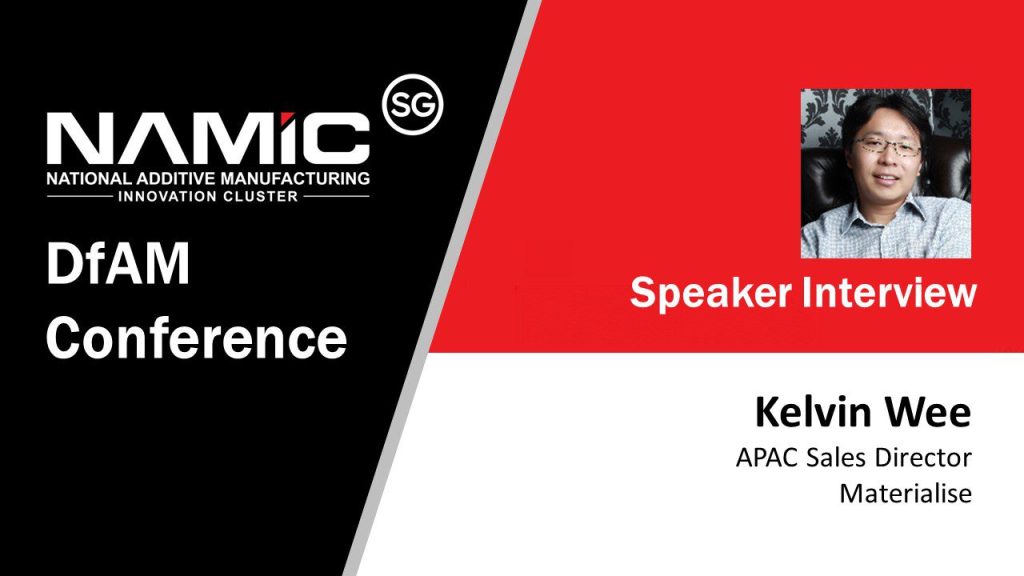Please share how 3D Printing, in particular DfAM can improve our quality of life in the future?
For me, it is all about application. Finding the right application for a certain vertical. If you look at what DfAM has done for the industry, it is incredible. Engine parts that used to need assembly are now printed in 1 go, thanks to DfAM. Furthermore, look at what it has done for the eyewear industry (Yuniku), medical implants, surgical guides and many others.
Please share what your views are on the evolution and growth of Additive Manufacturing processes and materials to revolutionize manufacturing.
AM is a complex science. It is important to note that AM is not meant to replace traditional manufacturing, but rather to complement it. Everyone has always been talking about making machines faster, bigger and having more materials. If we look at it, it is important that we first identify the application. Once we do this, then we can look at the processes and materials. My analogy would be like a playground. The environment and toys in the playground are the machines, materials, processes. The children are the applications. What is the use of having the biggest playground with the newest and latest toy, but not having the children to play in it?
I feel that in order to evolve further and faster, there has to be more collaboration among industry players and end users to identify the different applications.
How does DfAM helps in productivity and cost reduction with respect to your industry?
There are many ways DfAM can play a role, provided the right application is identified. A few aspects where this can be seen are in: Shorter time to market design can take into account the human aspect (lighter jigs means less risk for workers). Tools/end use parts that could never have been manufactured traditionally can now be manufactured. Parts that used to be assembled are now printed in one go, hence, saving time in assemble and also the potential risk of mistakes when a part is assembled.
What are different challenges startups and MNCs face in adopting Design for AM?
Looking back at the last 8-10 years, I would first highlight the common challenge that everyone faces. Identifying the right application for their business. Everyone had the tools, but, identifying the application was the challenge.For MNCs who already has AM as their strategy, picking the right application. Several aspects go into picking the right application (3d printing drivers) and often it boils down a business case. If an application is picked just for the sake of it, the full advantage of AM could not be realized which results in low adoption.
Now, I do believe that for start-ups, having access to the knowledge and possibilities of DfAM is a challenge. Theory is always different than in real life. So, working with partners who have been established in the AM field is important. They need to work with partners who have been really playing with the technology.
What does Additive Manufacturing mean to you and to your business journey?
AM is the key to unlocking results that could not be possible with traditional manufacturing (ie: complex geometries that’s suited for a specific aerodynamic flow). It is an enabler in realizing many more meaningful applications that would have been impossible with traditional methods. I have to say, AM will not replace traditional manufacturing, but will be complementary to bringing companies to new heights when the right application has been found. Also, AM is a slow revolution, but it will prove to be a game changer.
Please quote one successful application of DfAM.
This is a tough one because there are many successful applications in DfAM. From fuel nozzles to custom made eyewear. I would like to highlight 2 applications because of the way the solutions came about. It was not just about designing a part, but looking at the entire manufacturing process and identifying what made sense.
Volvo jigs. Business case wise it costs less, shorter lead time and performs better than traditional jigs. Human aspect wise, a single operator could use it with ease with less risk for injury since it is lighter.
Philips lightbulb. Production line is not being stopped to replace the broken bracket. Consolidation of parts (reduction of assembly time).

